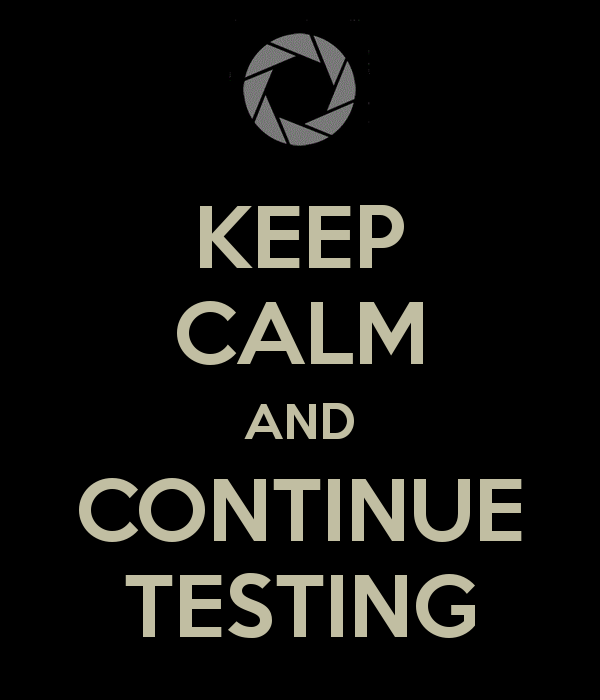Books out.
If you haven't chosen a book that you're planning to finish in the next three weeks, let us help you find one. Right now.
Today, we explore our new project together.
Have you heard of NaNoWriMo?
You get the first few minutes of class to Google it.
Learn as much as you can.
What is it? How does it work? Can you find any good advice?
-------------------------------------------------------
Remember yesterday how you created you ideal novel and wrote a blurb about it?
Today you're going to focus you're attention on your "model novel" (the
best book you've read recently).
Copy and paste these nine questions into your English Journal, and answer them using your
model novel (this is NOT your ideal novel).
- What is the title and author of your model novel?
- Who are the important characters in your model novel?
- In two sentences, what is the book mostly about?
- What is the main conflict in the novel?
- Whose perspective is the novel written from?
- How does the novel begin?
- Where is the story set, generally?
- Name one thing you absolutely love about the author's style of writing (such as "It's hilarious." or "The words flow like poetry." or "I love how the chapters always start with ___.").
- What is your favorite thing about the novel (such as "The quirky characters." or "The suspenseful plot.")?






















